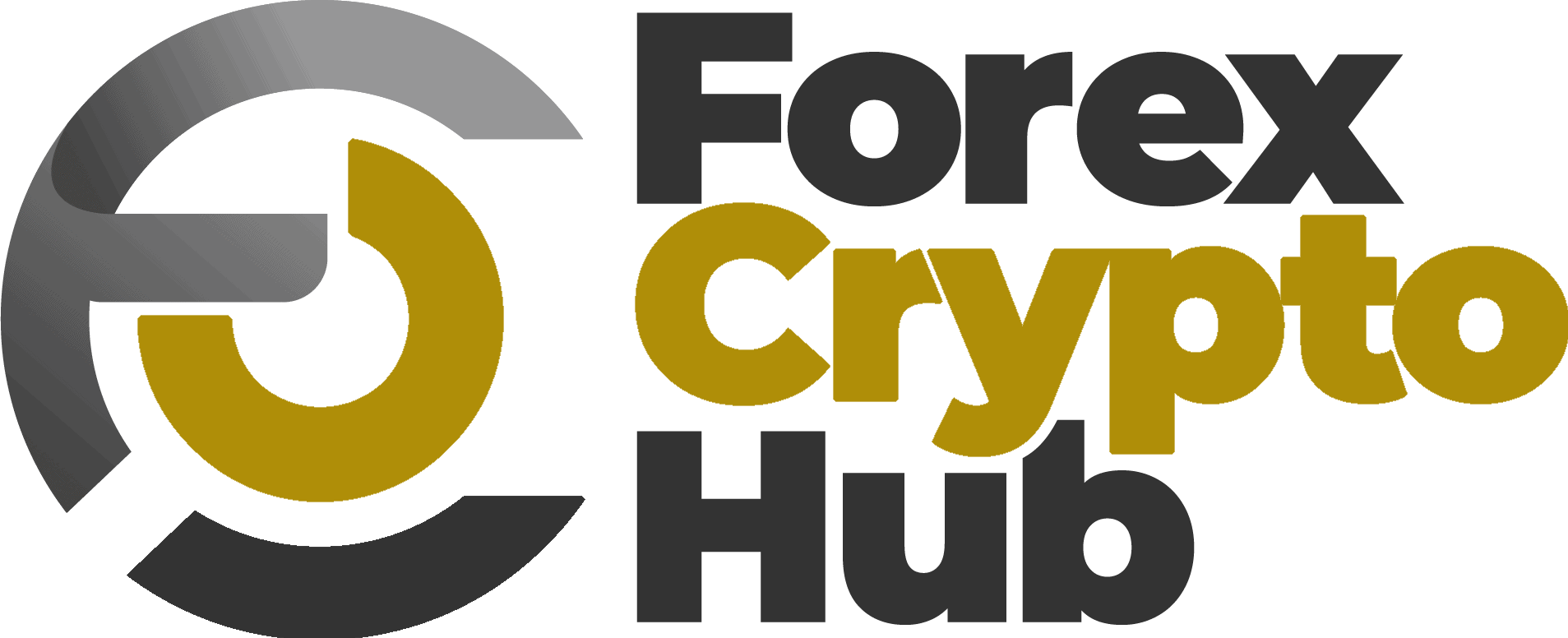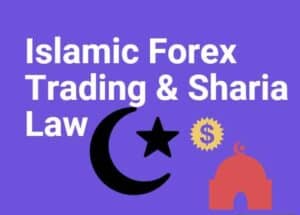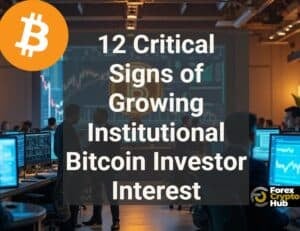Covered Call Exchange-Traded Funds (ETFs) have gained popularity among investors seeking income generation and risk mitigation. These funds employ a strategy where the ETF holds a portfolio of stocks and sells call options on those stocks to generate additional income. This article/Guide delves into the top Canadian Covered Call ETFs, Covered call lists, highest yielding covered call ETFs and the pros and cons.
Complete Canadian covered call ETF GUIDE for October 2023.
Article Summary
- Covered Call ETF List
- Highest Yield Covered Call ETF Canada
- List of BMO Covered Call ETFs
- Most Popular Covered Call ETFs
- Covered Call ETFs Pros and Cons
- What is a Covered Call ETF
Covered Call ETF List
| Symbol | Last Price | Company Name | Forward Annual Div Yield |
| CGXF.TO | 9.89 | CI Gold+ Giants Covered Call ETF | 10.18% |
| CIC.TO | 9.66 | CI Canadian Banks Covered Call Income Class ETF | 8.53% |
| ENCC.TO | 11.27 | Horizons Canadian Oil and Gas Equity Covered Call ETF | – |
| HDIV.TO | 14.94 | Hamilton Enhanced Multi-Sector Covered Call ETF | 10.97% |
| HEP.TO | 25.18 | Horizons Gold Producer Equity Covered Call ETF | 6.82% |
| HYLD.TO | 11.78 | Hamilton Enhanced U.S. Covered Call ETF | 13.40% |
| NXF.TO | 6.47 | CI Energy Giants Covered Call ETF | 9.23% |
| QYLD | 17.13 | Global X NASDAQ 100 Covered Call ETF | 12.14% |
| RCDC.TO | 18.33 | RBC Canadian Dividend Covered Call ETF | – |
| RYLD | 16.52 | Global X Russell 2000 Covered Call ETF | 11.91% |
| SLVO | 70.76 | Credit Suisse X-Links Silver Shares Covered Call ETN | 22.61% |
| TXF.TO | 17.12 | CI Tech Giants Covered Call ETF | 9.13% |
| USCC.TO | 16.78 | Horizons US Large Cap Equity Covered Call ETF | – |
| USOI | 82.82 | Credit Suisse X-Links Crude Oil Shares Covered Call ETNs | 24.03% |
| XYLD | 39.31 | Global X S&P 500 Covered Call ETF | 11.31% |
| ZWA.TO | 23.32 | BMO Covered Call Dow Jones Industrial Average Hedged to CAD ETF | 6.71% |
| ZWB.TO | 16.22 | BMO Covered Call Canadian Banks ETF | 8.17% |
| ZWC.TO | 16.09 | BMO CA High Dividend Covered Call ETF | 8.03% |
| ZWE.TO | 19.3 | BMO Europe High Dividend Covered Call Hedged to CAD ETF | 7.33% |
| ZWEN.TO | 29.99 | BMO Covered Call Energy ETF | – |
| ZWG.TO | 27.36 | BMO Global High Dividend Covered Call ETF | 7.66% |
| ZWHC.TO | 27.96 | BMO Covered Call Health Care ETF | – |
| ZWK.TO | 16.65 | BMO Covered Call US Banks ETF | 11.94% |
| ZWU.TO | 9.74 | BMO Covered Call Utilities ETF | 9.38% |
Highest Yield Covered Call ETF Canada
The highest-yield Covered Call ETF by considering the distribution yield of various funds. The yield is a key metric that reflects the income generated by the ETF’s covered call strategy.
The highest yield covered call ETFs in Canada are listed below:
| Symbol | Last Price | Company Name | Forward Annual Div Yield |
| USOI | 82.82 | Credit Suisse X-Links Crude Oil Shares Covered Call ETNs | 24.03% |
| SLVO | 70.76 | Credit Suisse X-Links Silver Shares Covered Call ETN | 22.61% |
| HYLD.TO | 11.78 | Hamilton Enhanced U.S. Covered Call ETF | 13.40% |
| QYLD | 17.13 | Global X NASDAQ 100 Covered Call ETF | 12.14% |
| ZWK.TO | 16.65 | BMO Covered Call US Banks ETF | 11.94% |
| RYLD | 16.52 | Global X Russell 2000 Covered Call ETF | 11.91% |
| XYLD | 39.31 | Global X S&P 500 Covered Call ETF | 11.31% |
| HDIV.TO | 14.94 | Hamilton Enhanced Multi-Sector Covered Call ETF | 10.97% |
| CGXF.TO | 9.89 | CI Gold+ Giants Covered Call ETF | 10.18% |
List of BMO Covered Call ETFs
BMO Covered Call Canadian Banks ETF (ZWB): This ETF aims to provide exposure to the Canadian banking sector while generating covered call option premiums.
BMO Covered Call Dow Jones Industrial Average Hedged to CAD ETF (ZWA): This ETF provides exposure to the Dow Jones Industrial Average while incorporating a covered call strategy.
BMO Covered Call US High Dividend ETF (ZWH): This ETF seeks to replicate the performance of a portfolio of U.S. high dividend stocks while writing covered call options on up to 33% of the portfolio securities.
BMO Covered Call Technology ETF (ZWU): This ETF focuses on providing exposure to the technology sector while employing a covered call strategy to enhance income.
BMO Covered Call Utilities ETF (ZWU): This ETF aims to deliver returns that closely correspond to the performance of the S&P/TSX Capped Utilities Index while utilizing a covered call strategy.
| Symbol | Last Price | Company Name | Forward Annual Div Yield |
| ZWA.TO | 23.32 | BMO Covered Call Dow Jones Industrial Average Hedged to CAD ETF | 6.71% |
| ZWB.TO | 16.22 | BMO Covered Call Canadian Banks ETF | 8.17% |
| ZWC.TO | 16.09 | BMO CA High Dividend Covered Call ETF | 8.03% |
| ZWE.TO | 19.3 | BMO Europe High Dividend Covered Call Hedged to CAD ETF | 7.33% |
| ZWEN.TO | 29.99 | BMO Covered Call Energy ETF | – |
| ZWG.TO | 27.36 | BMO Global High Dividend Covered Call ETF | 7.66% |
| ZWHC.TO | 27.96 | BMO Covered Call Health Care ETF | – |
| ZWK.TO | 16.65 | BMO Covered Call US Banks ETF | 11.94% |
| ZWU.TO | 9.74 | BMO Covered Call Utilities ETF | 9.38% |
Most Popular Covered Call ETFs

ETF Name: BMO Covered Call Utilities ETF
BMO Covered Call Utilities ETF has been designed to provide exposure to an equal weight portfolio of utilities, telecoms and pipeline companies, while earning call option premiums. The call options are written out of the money, selected based on the option’s implied volatility, and are written in proportion to the securities weight. The option premium provides limited downside protection

ETF Name: Hamilton Enhanced U.S. Covered Call ETF
Portfolio of U.S. equity covered call ETFs with overall sector mix broadly similar to the S&P 500. The fund seeks to provide attractive monthly income and long-term capital appreciation from a diversified, multi-sector portfolio of primarily covered call ETFs, primarily focused on the U.S.
ETF Name: Global X NASDAQ 100 Covered Call ETF
The Global X Nasdaq 100 Covered Call ETF (QYLD) follows a “covered call” or “buy-write” strategy, in which the Fund buys the stocks in the Nasdaq 100 Index and “writes” or “sells” corresponding call options on the same index.
Covered Call ETFs Pros and Cons
Covered call ETFs can be a valuable component of a diversified portfolio, especially for income-oriented investors with a moderate risk tolerance.
However, it’s essential to carefully consider the trade-offs and assess whether the strategy aligns with your investment goals and risk preferences.
As with any investment decision, thorough research and, if necessary, consultation with a financial advisor are crucial for making informed choices.
Pros of Covered Call ETFs
Income Generation
Pro: The primary advantage of covered call ETFs is the potential for generating regular income. By selling call options on the underlying stocks, these funds receive premiums, providing investors with additional cash flow.
Downside Protection
Pro: Covered call strategies can act as a form of insurance against downward movements in the stock market. The premiums received from selling call options help offset potential losses in the value of the underlying stocks.
Reduced Volatility
Pro: Covered call strategies can help manage portfolio volatility. The income from selling options can cushion the impact of market fluctuations, making these ETFs potentially less volatile than those without such strategies.
Enhanced Yields
Pro: Investors seeking higher yields may find covered call ETFs attractive. The premiums received from selling call options supplement the dividends from the underlying stocks, leading to enhanced overall yields.
Consistent Returns
Pro: In stable or slightly bullish markets, covered call ETFs may provide relatively consistent returns. The strategy is designed to capitalize on moderate price movements while generating income.
Risk Mitigation
Pro: Covered call strategies can help manage specific risks associated with individual stocks. The obligation to sell at a predetermined price can limit losses in certain scenarios.
Cons of Covered Call ETFs
Limited Upside Potential
Con: One of the significant drawbacks of covered call ETFs is the limitation on potential gains. If the price of the underlying stock rises significantly, the fund’s upside is capped at the strike price of the sold call option.
Obligation to Sell
Con: By selling call options, the ETF assumes the obligation to sell the underlying stocks if the option buyer decides to exercise their right. This can result in missing out on further gains if the stock continues to rise.
Underperformance in Bull Markets
Con: Covered call strategies may underperform in strongly bullish markets. If the stock prices rise substantially, the fund’s gains are constrained due to the capped upside potential.
Complexity
Con: Covered call strategies can be complex for novice investors to understand. The mechanics of selling options and managing multiple positions require a certain level of financial knowledge.
Transaction Costs
Con: Frequent trading of options can lead to higher transaction costs. This is a consideration for investors, as costs can erode the income generated from selling call options.
Market Timing
Con: Successful covered call strategies require effective market timing. Knowing when to sell call options and at what strike prices involves a level of skill and prediction that may not be suitable for all investors.
Potential for Underperformance in High-Volatility Environments
Con: In highly volatile markets, covered call strategies might not provide as much downside protection as expected. The premiums received may not fully offset losses during extreme market conditions.
What is a Covered Call ETF
A covered call ETF is a type of exchange-traded fund that employs a strategy known as covered call writing.
This strategy involves holding a long position in a diversified portfolio of stocks while simultaneously selling call options on those same stocks.
This is where the term “covered” comes into play, as the potential obligation from the call options is covered by the existing stock position.
How Covered Call ETFs Work
Let’s break down the key components of how covered call ETFs operate
Underlying Stock Portfolio:
A covered call ETF typically holds a basket of stocks, often mirroring a broad market index or a specific sector.
Call Option Selling
The fund manager then sells call options on the stocks held in the portfolio. Each call option grants the buyer the right (but not the obligation) to purchase the underlying stock at a specified price (strike price) within a certain timeframe.
Premium Income
In exchange for selling these call options, the ETF receives a premium (payment) from the option buyers. This premium serves as additional income for the fund.
Obligation to Sell
By selling call options, the ETF assumes the obligation to sell the underlying stock at the agreed-upon strike price if the option buyer decides to exercise their right.
Key Features and Characteristics
Income Generation
The primary objective of covered call ETFs is to generate income for investors. The premiums received from selling call options enhance the overall yield of the portfolio.
Limited Upside Potential
While covered call strategies provide income, they also limit the potential gains from the underlying stocks. If the stock price surpasses the strike price of the sold call option, the fund’s upside is capped.
Downside Protection
The premium received from selling call options provides a cushion against potential declines in the stock’s value. This can offer a level of downside protection compared to holding stocks outright.
Volatility Management
Covered call strategies may be attractive in volatile markets. The income from selling options can offset losses in the stock portfolio during turbulent periods.
Conclusion
Investing in Covered Call ETFs can be a strategic move for income-focused investors seeking exposure to equities with a risk-managed approach. In the guide/article we have gone through many points on the subject to help you make an informed decision when investing.
Some of the topics we covered are: What is a covered call, Covered call ETF lists, high yielding cover calls and the pros and cons of covered call ETFs
However, like any investment, it’s essential to conduct thorough research, understand the fund’s strategy, and ensure it aligns with your financial goals and risk tolerance.
About This Article
Author: Mark Prosz
Sources of information and credits for this post include: https://finance.yahoo.com/
https://www.bmogam.com/ca-en/products/exchange-traded-fund/bmo-equal-weight-banks-index-etf-zeb/
https://www.globalxetfs.com/funds/qyld/




